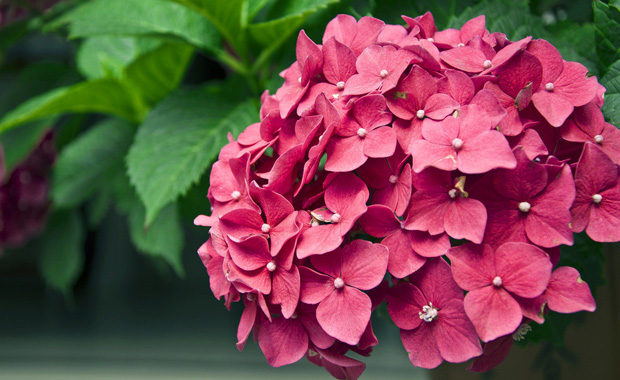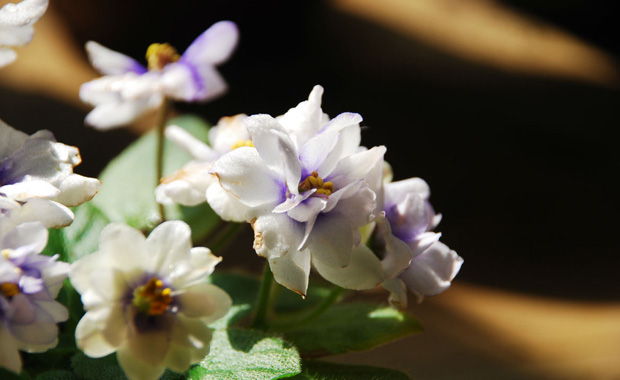African alfalfa farming method
African cockroach formerly known as African Violet, Latin name: (Saintpauliaionantha Wendl), genus of the genus Chicory perennial herb. The tropics native to East Africa, the plants are small and delicate, the flowers are colorful, and the flowers are all seasons. It is a potted flower that is very suitable for indoor breeding. So how is African cockroach cultured? Here's a small series that will explain the cultivation techniques of African cockroaches. Let's take a look! Cultivation techniques of African cockroaches The growth habits of African cockroaches: Africa is warm, moist and semi-shade, summer is afraid of glare and high temperature, flowering period: it can be opened in spring to autumn, and it will bloom if there is enough light in winter. Common cultivars: large flowers, single petals, half-double petals, double petals, variegated leaves, etc., the colors are purple, white, blue, pink and two-color. The most cultivated variety is the single-petal snow prince. Here are the specific cultivation points of the African cockroach: 1. Temperature requirements: The optimum growth temperature is 16 to 24 ° C, from April to October is 18 to 24 ° C, and from October to April is 12 to 16 ° C. The temperature during the day should not exceed 30 °C. The high temperature is not good for the growth of African cockroaches (I don't know how to make it~). If the outdoor temperature exceeds 30 degrees Celsius in summer, the water spray shade should be given in time to cool down. 2, lighting requirements: Africa needs shady in summer, the leaves are green and green; in winter, there is plenty of sunshine to bloom; rain and snow plus auxiliary light is very beneficial to the growth and flowering of African crickets. If the light is insufficient, it will bloom less and the color will be light, even if the long leaves do not bloom; if the light is too strong, it will cause yellowing and scorching of the leaves, which can be preserved in bright and no direct sunlight. 3, humidity requirements: in the cultivation process, should maintain a high air humidity, watering properly, do not let too much wet, so as to avoid stem and leaf rot. The difference between water temperature and air temperature should be less than 5 ° C, otherwise, a large number of yellow spots will be produced on the leaf surface. 4. Fertilization: In Africa, the fertilized thin liquid fertilizer or compound fertilizer is applied every 7 days to 10 days. The nitrogen content of the fertilizer should not be too much, otherwise the leaves will grow very lush and rarely flower. 5, summer management: in the summer, put it in a cool and ventilated place to avoid the hot and humid environment and the sun. Usually, watering should not be too much. When the potting soil is slightly dry, it should be watered again. The water in the basin is often the main cause of plant decay. 6, winter management: winter ambient temperature should not be lower than 10 ° C, otherwise it is vulnerable to freezing damage. The relative humidity is 40% to 70%, and the potting soil is too moist and easy to rot. The air is dry and the leaves lack luster. In the cultivation, it is necessary to avoid the temperature rise and fall, otherwise the plant will easily die.
Medical students can use this model to practice. Doctors can explain the extraction to patients. In addition, the model can also be used for exhibition and other purposes. The human teeth function to mechanically break down items of food by cutting and crushing them in preparation for swallowing and digesting. Humans have four types of teeth: incisors, canines, premolars, and molars, which each have a specific function. The incisors cut the food, the canines tear the food and the molars and premolars crush the food. The roots of teeth are embedded in the maxilla (upper jaw) or the mandible (lower jaw) and are covered by gums. Teeth are made of multiple tissues of varying density and hardness.
Dental Model,Teeth Model,Dental Teeth Model,Dental Study Models Xinxiang Vic Science&Education Co.,Ltd. , https://www.hnhumananatomymodel.com

